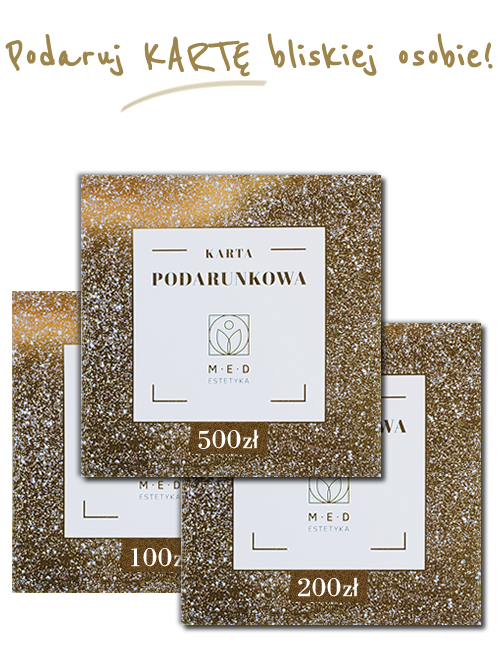CINtec PLUS P16/Ki67 - test recommended for liquid cytology
Material: cytological smear
Price of the study: 250 PLN
Waiting time: result after 10 working days
Booking:
Price of the study: 250 PLN
Waiting time: result after 10 working days
Booking:
- For the test, please call us at 81-532-37-11
Preparation for the study
General
- The material is stored for a period of 4 weeks from the date of collection of the LBC Liquid Cytology to allow for CINtec PLUS P16/Ki67 or HPV testing. To have the test done, the patient should come to the registration desk and order and pay for the test.
Detailed for women
- The test is best performed at least 4 days after the last menstrual period and no later than 4 days before the start of menstruation. Do not use vaginal medications for at least 4 days before the test. At least 1 day should have elapsed since the last gynecological /USG transvaginal examination.
- The patient should not: wash her vagina and have intercourse for 24 hours before the test.
Important
Samples brought from outside are not accepted for examination.
The test can only be performed with LBC liquid cytology.
The test can only be performed with LBC liquid cytology.
Description
Clinical significance of the test:
Tests are performed to deepen the diagnosis for precancerous lesions and cervical cancer when the cytological result is abnormal or inconclusive.
Cervical cancer is the second most common cancer in the world.
In Poland, about 3,500 cases are diagnosed each year, half of the patients die due to late diagnosis. One of the main causes of cervical cancer is the human papillomavirus HPV ( Human Papillomavirus ). Cervical cancer is a malignant tumor that develops from the epithelium covering the cervix or cervical canal. To date, about 200 types of the virus have been isolated, however only some of them, are sexually transmitted and are associated with high-grade dysplasia and cervical cancer. Due to their varying oncogenic potential, a distinction is made between high-risk (HR) HPV viruses - HPV 16, HPV 18, HPV 31, HPV 33 and HPV 45, which are associated with more than 80 percent of precancerous cervical cancer lesions, and low-risk (LR) viruses - HPV 6 and HPV 11, which are associated with benign lower-grade intraepithelial lesions or the development of condylomas.
During acute infection with high-risk HPV, viral genes are expressed in mature epithelial cells and their cell cycle is disrupted. Uncontrolled proliferation (proliferation) of cells occurs, reflected by the production of p16 and ki 67 proteins called biomarkers of infection.
P16 protein is a protein that plays a major role in cell cycle control, and Ki-67 protein is a cell proliferation protein.
The CINtec plus test detects both of these proteins, making it possible to detect cancerous lesions at the cellular level at a very early stage of their development.The test is characterized by high sensitivity and specificity.
The p16/Ki-67 test in combination with cytological examination, and HPV testing is important in making the most accurate diagnosis and interpretation of difficult cases such as ASCUS, LSIL, ASC-H or adenomatous lesions.
The most complete, reliable and sensitive method of testing for cervical cancer is liquid cytology ( LBC cytology) supplemented with HPV testing and CINtec plus.
The combination of these three diagnostic tests is particularly important when an abnormal or difficult-to-interpret cytology result is obtained.
Tests are performed to deepen the diagnosis for precancerous lesions and cervical cancer when the cytological result is abnormal or inconclusive.
Cervical cancer is the second most common cancer in the world.
In Poland, about 3,500 cases are diagnosed each year, half of the patients die due to late diagnosis. One of the main causes of cervical cancer is the human papillomavirus HPV ( Human Papillomavirus ). Cervical cancer is a malignant tumor that develops from the epithelium covering the cervix or cervical canal. To date, about 200 types of the virus have been isolated, however only some of them, are sexually transmitted and are associated with high-grade dysplasia and cervical cancer. Due to their varying oncogenic potential, a distinction is made between high-risk (HR) HPV viruses - HPV 16, HPV 18, HPV 31, HPV 33 and HPV 45, which are associated with more than 80 percent of precancerous cervical cancer lesions, and low-risk (LR) viruses - HPV 6 and HPV 11, which are associated with benign lower-grade intraepithelial lesions or the development of condylomas.
During acute infection with high-risk HPV, viral genes are expressed in mature epithelial cells and their cell cycle is disrupted. Uncontrolled proliferation (proliferation) of cells occurs, reflected by the production of p16 and ki 67 proteins called biomarkers of infection.
P16 protein is a protein that plays a major role in cell cycle control, and Ki-67 protein is a cell proliferation protein.
The CINtec plus test detects both of these proteins, making it possible to detect cancerous lesions at the cellular level at a very early stage of their development.The test is characterized by high sensitivity and specificity.
The p16/Ki-67 test in combination with cytological examination, and HPV testing is important in making the most accurate diagnosis and interpretation of difficult cases such as ASCUS, LSIL, ASC-H or adenomatous lesions.
The most complete, reliable and sensitive method of testing for cervical cancer is liquid cytology ( LBC cytology) supplemented with HPV testing and CINtec plus.
The combination of these three diagnostic tests is particularly important when an abnormal or difficult-to-interpret cytology result is obtained.
Development and preparation of material (applies to contractors only)
183
Cervical cancer, P16 protein, Ki-67 protein


